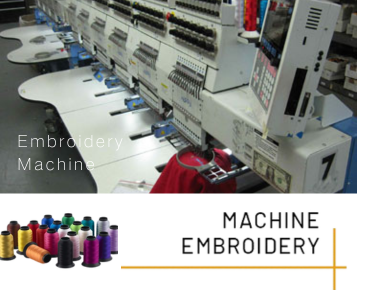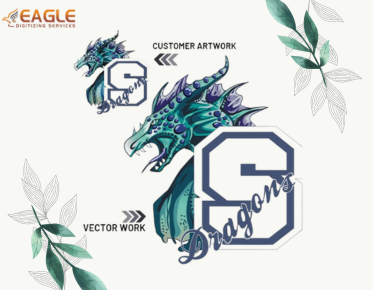Choosing the Right Embroidery Hoop Size
Embroidery is a craft that requires precision, patience, and the right tools. One of the most essential tools in embroidery is the hoop. Selecting the correct embroidery hoop size can significantly impact the quality of your work. But how do you know what size embroidery hoop you need? This guide will help you navigate the various factors to consider when choosing the right hoop size for your projects.
Understanding Embroidery Hoops
Embroidery hoops are circular or oval frames that hold the fabric taut while you work. They come in various sizes, typically ranging from 4 inches to 12 inches in diameter. The size of the hoop you choose should correspond to the size of your design and the area of the fabric you are working on. A well-chosen hoop will keep your fabric tension consistent, which is crucial for achieving even stitches.
Factors to Consider When Choosing a Hoop Size
Size of the Design
The most obvious factor is the size of the design you plan to embroider. Ideally, the hoop should be slightly larger than the design to allow for some margin around the edges. This ensures that the entire design fits within the hoop without needing to reposition it frequently, which can lead to uneven tension and distorted stitches.
Type of Fabric
The type of fabric you are using can also influence your choice of hoop size. For instance, delicate fabrics like silk may require a smaller hoop to avoid stretching or damaging the material. Conversely, heavier fabrics like denim might need a larger hoop to accommodate the thickness and provide adequate tension.
Personal Comfort and Handling
Your comfort while working is another important consideration. Larger hoops can be cumbersome and difficult to handle, especially for extended periods. If you find larger hoops uncomfortable, it might be worth opting for a smaller size, even if it means repositioning the fabric more frequently.
Common Hoop Sizes and Their Uses
Here are some common hoop sizes and their typical uses:
- 4-inch hoop: Ideal for small designs and intricate details.
- 6-inch hoop: Suitable for medium-sized designs and general use.
- 8-inch hoop: Great for larger designs and projects that require more space.
- 10-inch hoop: Best for very large designs or when working on large areas of fabric.
Advanced Techniques and Special Considerations
For those looking to explore advanced embroidery techniques, such as 3D Puff embroidery, the choice of hoop size can become even more critical. Techniques that add dimension or require multiple layers of stitching may benefit from larger hoops to accommodate the additional fabric manipulation.
Using Multiple Hoops
In some cases, using multiple hoops for a single project can be beneficial. This approach allows you to work on different sections of a large design without compromising fabric tension. It also provides flexibility in handling complex designs that span a large area.
Embroidery Digitizing and Hoop Selection
Embroidery digitizing is the process of converting artwork into a stitch file that can be read by an embroidery machine. Companies like Eagle Digitizing offer services that ensure your designs are optimized for machine embroidery, which can influence your choice of hoop size. By ensuring that your design is digitized correctly, you can achieve better results and reduce the need for adjustments during the embroidery process.
Conclusion
Choosing the right embroidery hoop size is a crucial step in ensuring the success of your embroidery projects. By considering the size of your design, the type of fabric, and your personal comfort, you can select a hoop that will help you achieve beautiful, even stitches. As you gain experience, you may find that experimenting with different hoop sizes and techniques can enhance your skills and expand your creative possibilities. Whether you're a beginner or an experienced embroiderer, understanding the role of hoop size in your work is essential for creating stunning embroidery pieces.
As the embroidery industry continues to evolve, new technologies and techniques are emerging that offer exciting opportunities for creativity and innovation. By staying informed and open to new ideas, you can continue to grow and develop your skills as an embroiderer. What new techniques or tools are you excited to try in your next project?


.png)
